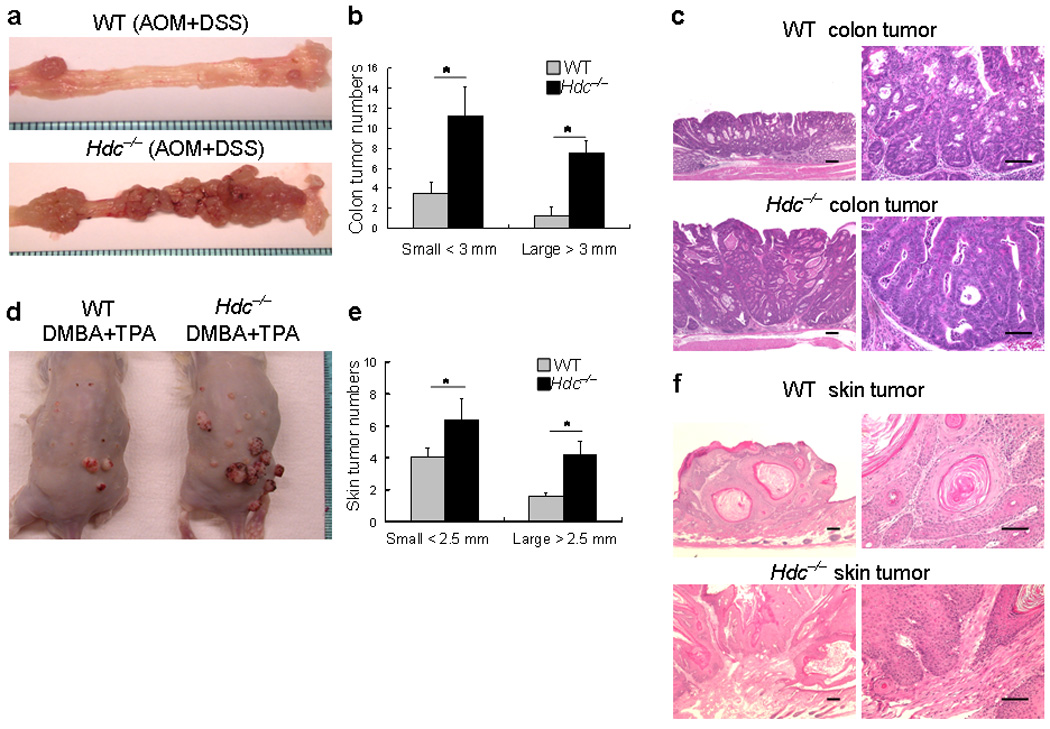Figure 1. Histamine-deficient Hdc−/− mice are highly susceptible to colorectal and skin carcinogenesis.

(a) Macroscopic appearance of colorectal tumors from wildtype and Hdc−/− mice. Hdc−/− mice and wildtype mice (both male Balb/c background) were injected with a single dose of AOM followed by DSS in the drinking water for 10 days. Fifteen weeks post DSS treatment, more large colonic tumors were observed in the distal colon and rectum of Hdc−/− mice.
(b) The number of large (diameter > 3mm) and small (diameter < 3mm) colorectal tumors in Hdc−/− mice versus wildtype mice (* P < 0.05; mean ± s.d. n =8, each group).
(c) Representative haematoxylin-eosin stained colonic tumor sections from wildtype and Hdc−/− mice (Scale bar, 50 µm).
(d) Macroscopic appearance of the skin tumors from wildtype and Hdc−/− mice. Wildtype and Hdc−/− mice were treated with the tumor initiator DMBA and then treated twice weekly with the tumor promoter TPA. Four months following exposure to DMBA + TPA treatment, a large number of visibly apparent papillomas were seen on the dorsum of Hdc−/− mice.
(e) The number of skin papillomas in Hdc−/− mice versus wildtype mice, including both large (diameter > 2.5mm) and small (diameter < 2.5mm) papillomas (* P < 0.05; mean ± s.d. n = 5, each group).
(f) Representative haematoxylin-eosin stained skin tumor sections from wildtype and Hdc−/− mice (Scale bar, 50 µm).
